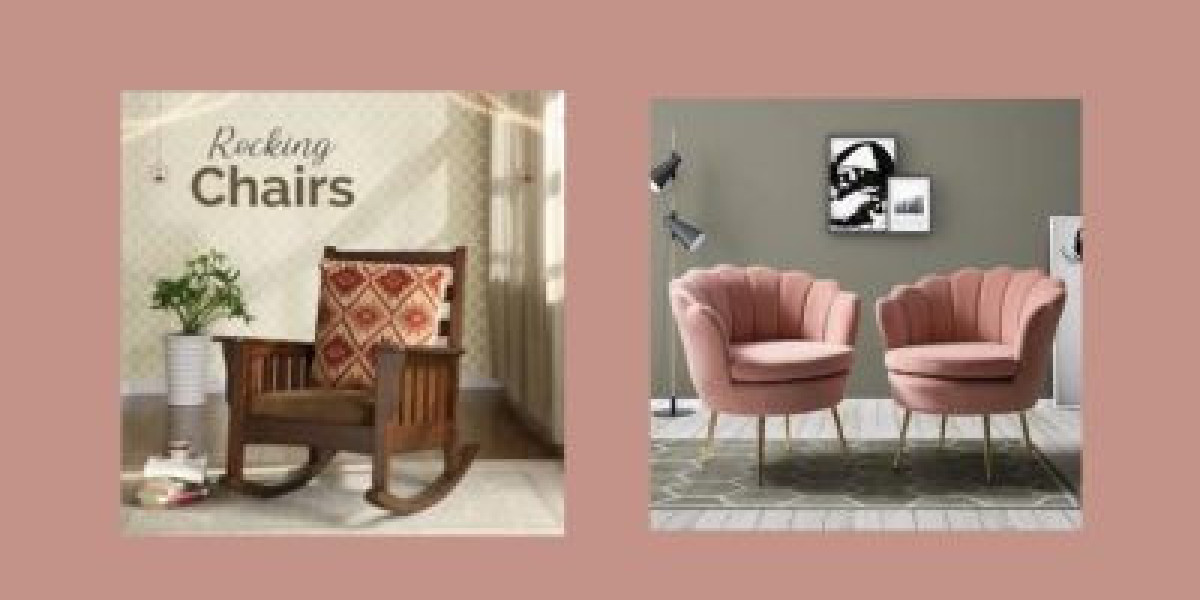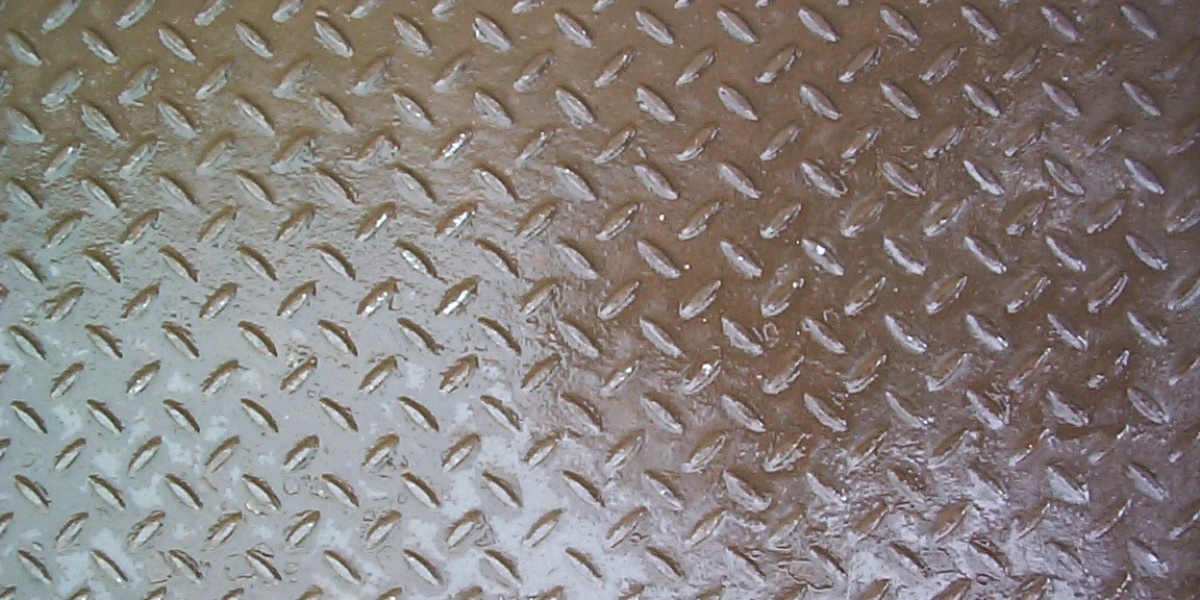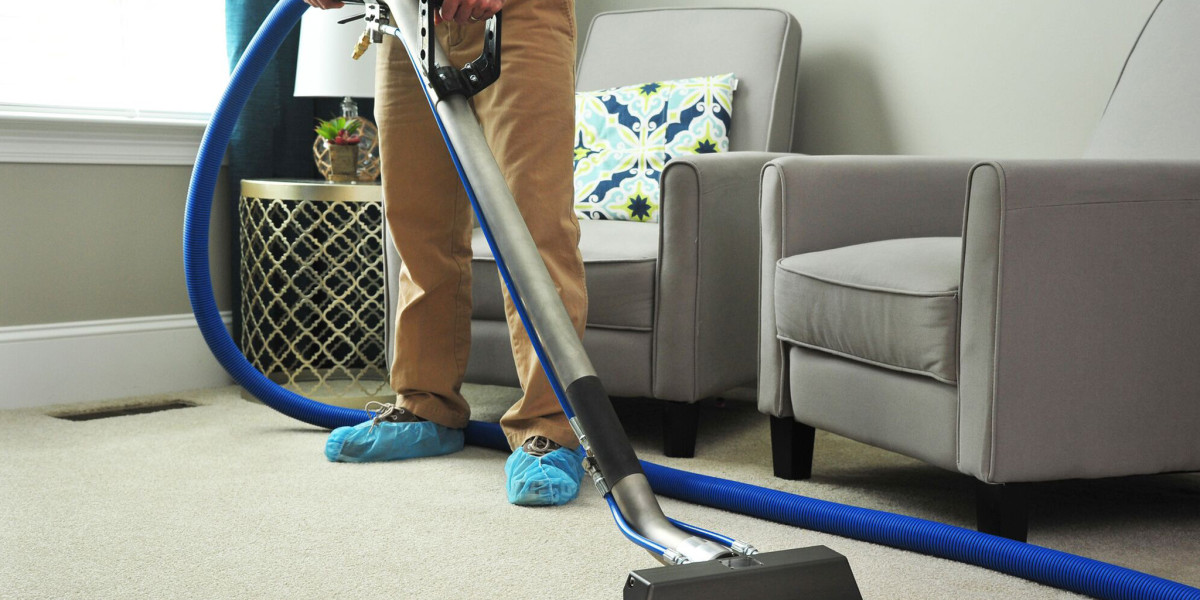Wing Chairs: Elegance, Comfort, and Timeless Design
Wing chairs, also known as wingback chairs, are a classic and sophisticated piece of furniture that has stood the test of time. Originating in England during the late 17th century, wing chairs were originally designed to provide comfort and protection from drafts in poorly insulated homes. Their distinctive design, characterized by “wings” extending from the backrest to the armrests, offers both functional benefits and visual appeal.

Historical Background
The concept of the wing chair emerged during a time when large fireplaces were the primary source of heat in homes. These chairs were strategically placed near the hearth, and their wings served to shield the occupant from cold drafts and direct heat. Initially popular among the English aristocracy, the wing chair soon became a symbol of comfort and status, later spreading in popularity across Europe and eventually to North America.
Distinctive Features
What sets the wing chair apart from other types of armchairs is its high backrest and lateral wings, which can vary in size and shape depending on the design. The wings may extend straight down to the armrests or curve outward, offering a cocoon-like experience for the sitter. The high back provides ample support for the upper body and neck, while the wings add a sense of enclosure and protection, enhancing the feeling of privacy and comfort.
Most wing chairs are designed with deep, padded seats, plush upholstery, and sturdy wooden legs. Traditional models often feature carved wooden frames, adding to their elegance and antique charm, while modern interpretations use sleeker materials and minimalist designs to suit contemporary tastes.
Materials and Upholstery
Wing chairs are available in a wide range of materials and upholstery options, allowing for customization to match various interior styles. The frame is typically constructed from solid hardwood such as oak, beech, or mahogany, which ensures durability and longevity. In terms of upholstery, popular choices include leather, linen, cotton, velvet, and synthetic fabrics, offering options for both luxury and practicality.
The cushioning in wing chairs is usually thick and supportive, designed for long periods of sitting without discomfort. High-density foam or down-filled cushions are common, providing softness while maintaining structural integrity. The fabric patterns range from solid colors to intricate floral designs or classic houndstooth checks, giving homeowners the ability to personalize their space according to taste.
Design Variations
Over the centuries, the wing chair has evolved into various styles, each with its unique charm and purpose. Some of the most popular wing chair styles include:
- Classic Wingback Chair: Features high, symmetrical wings and a sturdy wooden frame. Often seen in traditional settings such as libraries, studies, and elegant living rooms.
- Modern Wing Chair: Characterized by clean lines, lower profiles, and minimalist aesthetics. These versions cater to contemporary interiors, focusing on functionality and simplicity.
- Queen Anne Wing Chair: Recognized by its curved legs and ornate carvings, this style reflects the regal elegance of the 18th century.
- Chesterfield Wing Chair: Combines the iconic button-tufted upholstery of Chesterfield sofas with the wing chair structure, exuding a luxurious and vintage appeal.
- Reclining Wing Chair: Incorporates a built-in recliner mechanism, combining the traditional wing design with modern ergonomic functionality for ultimate relaxation.
Functional Benefits

One of the primary reasons wing chairs remain popular is their functional design. The wings provide a sense of enclosure that enhances comfort, especially in large or open spaces. The high back supports the neck and shoulders, making it ideal for reading, watching TV, or enjoying a quiet moment.
Beyond comfort, the structure of wing chairs offers excellent posture support. The design encourages sitting upright, which reduces strain on the lower back. This makes the wing chair not only a stylish piece but also a practical addition to any home.
Wing chairs are also versatile. Their imposing design makes them excellent statement pieces that can anchor a room’s aesthetic. They work well in both formal and casual settings, fitting into classic studies, cozy reading nooks, or modern living rooms. The wings offer privacy in public spaces, making them popular choices for hotel lobbies and upscale lounges.
Placement and Interior Styling
When integrating a wing chair into home decor, it’s important to consider the balance between form and function. Traditionally, wing chairs are placed near fireplaces or windows, creating inviting corners for relaxation. In modern interiors, they are often positioned as accent chairs in living rooms, paired with coffee tables, side tables, or ottomans.
The color and fabric of a wing chair should complement the room’s color palette. For a bold statement, a brightly colored or patterned wing chair can serve as a focal point. Conversely, neutral tones like gray, beige, or cream provide a more subtle elegance and blend effortlessly with various styles.
Wing chairs also pair beautifully with other furniture pieces. For example, combining a wing chair with a matching ottoman enhances comfort and provides a cohesive look. Adding a floor lamp nearby creates the perfect reading corner, while decorative pillows or throws add texture and personal flair.
Maintenance and Care
Maintaining a wing chair depends on its materials. Leather wing chairs require regular conditioning to prevent cracking and maintain softness, while fabric options may need vacuuming and periodic deep cleaning to remove dust and stains. Wooden frames should be polished occasionally to preserve their finish and prevent drying or warping.
It’s also important to monitor the structural integrity of the chair, particularly in older or antique models. Tightening screws, checking for loose joints, and replacing worn padding can prolong the chair’s lifespan and ensure continued comfort and safety.
Wing Chair in Modern Lifestyle
Despite its historical origins, the wing chair continues to be relevant in today’s homes. With the rise of remote work and home-centered lifestyles, having a comfortable, ergonomic chair has become more important than ever. Wing chairs offer an elegant alternative to standard office chairs, combining posture support with a homely appearance.
In contemporary design, wing chairs have been reimagined in diverse materials such as molded plastic, metal, and innovative fabric blends, appealing to those who prefer modern minimalism. Designers often experiment with exaggerated wing sizes, asymmetrical forms, or bold color palettes, ensuring the wing chair remains an artistic centerpiece.










